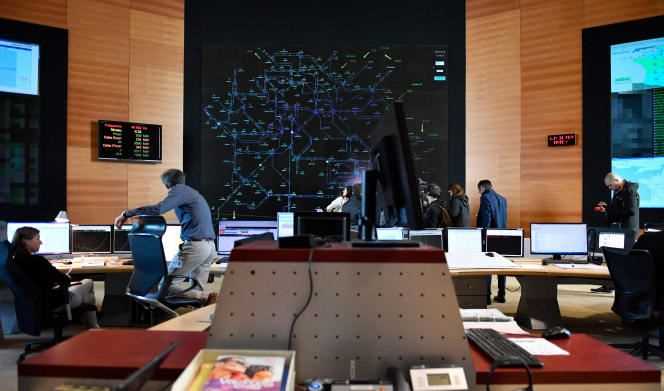Calculations and their complexity called for new computers. The machines are located somewhere in France, in data centers kept secret, security issue. Monday, October 25 in the morning, Thomas Veyrenc is preparing to see at least two good years of work.
In charge of foresight and strategy, the executive director of the national operator of the electricity transmission network (RTE) coordinated “Energy Futures 2050”. Vast project: “We tested 7,000 electrical configurations for each future year, each with at least 200 weather assumptions for every hour of every day and every possible climate. ”
“This is the first job of this magnitude in Europe” Xavier Piechaczyk, Chairman of the RTE Management Board
The task has mobilized large computers, but also between 40 and 50 people since 2019. “The engineer defines all the characteristics of the scenario, chooses a production mix, a consumption trajectory, for each European country. “If only to prepare for a single simulation, count two good weeks. “A big part of the preparation consists in defining the parameters, checking their consistency: GDP, demography, flexibility of electrolysers, volume of interconnections. You have to take a step back on each hypothesis, without testing everything at random ”, adds Mr. Veyrenc.
The study is projected at thirty – and no longer at fifteen, like the previous ones. For the first time, she reasoned from models of the Intergovernmental Panel on Climate Change (IPCC), that is to say taking into account the effects of global warming. “This is the first work of this magnitude in Europe”, assures Xavier Piechaczyk, Chairman of the Management Board of RTE.
Long consultation phase
In addition to engineers, RTE also brought together around a hundred industrialists, trade unions and non-governmental organizations for a long consultation phase, during which objectives, assumptions and scenarios were defined. To this was added an even wider public consultation, from January to June 2021, which attracted around 4,000 contributions.
The exchanges, nourished, produced their effects. Mr. Veyrenc cites, for example, the fact that at present, “Professional associations in the renewables sector say that renewables and nuclear must not be opposed in the fight against fossil fuels.” According to him, “This follows an awareness of the challenges facing the electricity system, to which our consultation has largely contributed”.
From these discussions also emerged two options for the “benchmark” consumption trajectory, one of sobriety, the other of reindustrialisation. Originally, the latter was only to be a subject ” among others “, recognizes Thomas Veyrenc. Except that in the meantime, “The health crisis has made visible a very strong dependence on complex supply chains. The choice to have made sobriety and reindustrialization of the scenarios as such in our work results from the consultation, which itself reflected the debates in society ”. Continuation of discussions, now, after publication.
